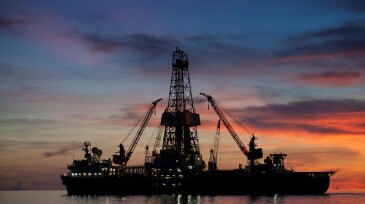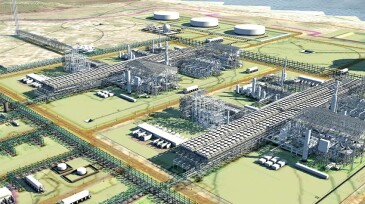Floating production systems
The project in the US Gulf is expected to add about 15,000 BOEPD to the deepwater Atlantis project at peak production.
Project financing raised by JP Morgan will enable YPF and its partners Eni and ADNOC’s XRG to launch Phase 2 of Argentina LNG, boosting production to 18 mtpa by 2030–2031.
First oil is expected from Phase 1 of the project in 2028, with up to four more phases planned.
-
Production from the Búzios field now tops 1 million B/D with six floating production systems in operation and more on the way.
-
Mozambique is poised to become Africa’s third-largest exporter of liquefied natural gas when Coral Norte comes onstream in 2028.
-
MODEC will supply the FPSO that will host up to 18 wells in the initial phase of development.
-
BW Opal FPSO has capacity for 850 MMcf/D of gas, which will be treated and sent on to the Darwin LNG facility, and 11,000 B/D of condensate, which will transferred via tanker.
-
Supermajor BP awards contract to same specialists who commissioned its Argos platform.
-
As a champion of floating natural gas liquefaction technology, Eni is positioning itself to play a major role in Africa with a fast-growing gas-liquefaction capacity targeted to reach 14 million tonnes per year by 2028.
-
The Japanese company ratcheted up the competitive nature of contracting for a floating production, storage, and offloading vessel and an onshore liquefied natural gas plant for the Abadi project by announcing dual front-end engineering design (FEED) contracts.
-
Deepwater Yellowtail project, onstream 4 months ahead of schedule, is expected to produce an average of 250,000 BOPD.
-
BP called the Bumerangue discovery in the Santos Basin the company’s largest find in 25 years, and announced it had begun production from its tieback project at Argos ahead of schedule.
-
As LNG projects sanctioned earlier this decade come onstream, a shortage of new final and pre-final investment decisions threatens to leave the project pipelines dry at a time when global LNG demand is forecast to surge over the next 15 years.
Page 1 of 23













